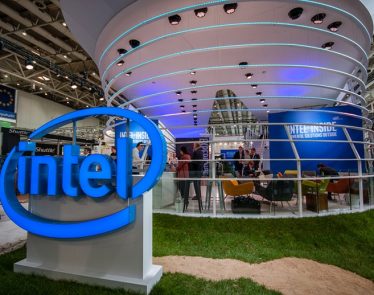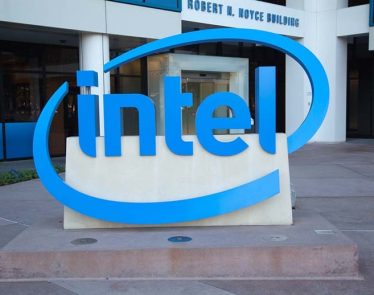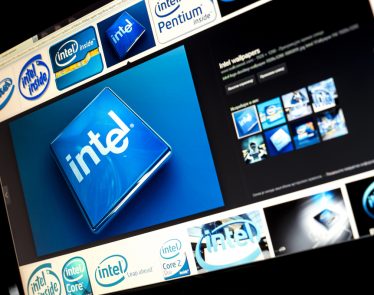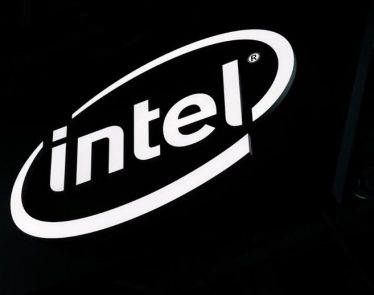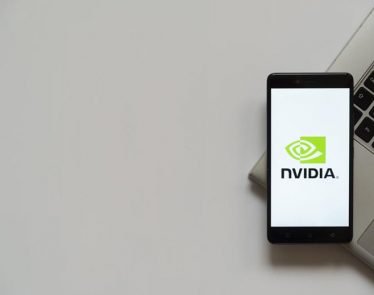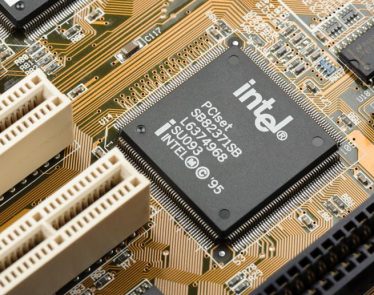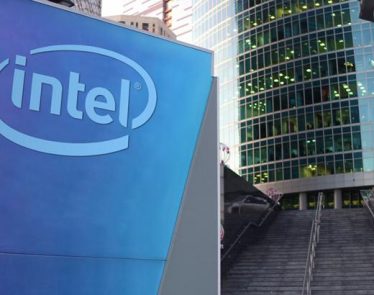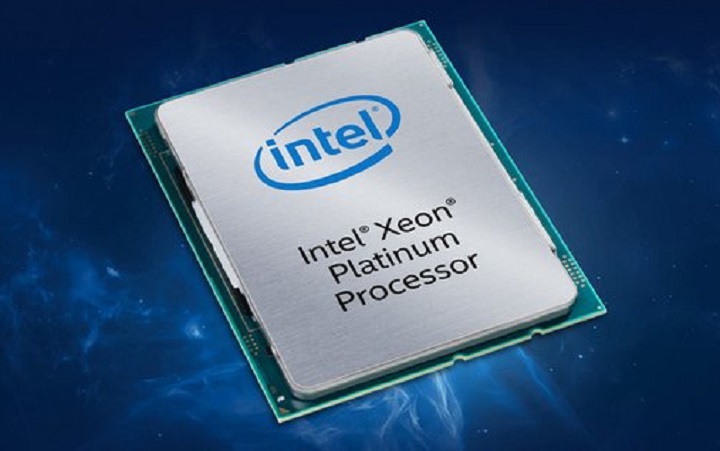
On July 11, Intel (NASDAQ:$INTC) unveiled its new microprocessor chips for corporate servers and cloud data centers, claiming a bigger boost in the performance of these chips than previously expected.
With competitors coming at them left and right, Intel’s new Xeon Scalable is said to be 1.65 times faster compared to its previous generation chip at running common tasks in servers. The new chip also includes software specifically designed to speed up the tasks being completed with Intel’s chips — but this has yet to be confirmed by other experts.
For the company, these new microprocessor chips represents the best of 20 years of data center innovation, vice president of Intel’s data center group Lisa Spelman told Fortune prior to Intel’s introduction of the new chips. Spelman noted that the last chip generation had only came out March 2016 — having a new generation of the chip released so soon after is a huge accomplishment regarding the company’s continued efforts to improve performance.
Prior to its official introduction of the Xeon chip on July 11, Intel has already sold about 500,000 of the new chips to companies like Google (NASDAQ:$GOOGL). In fact, several businesses that has already been using Intel’s new Xeon chips gave further weight on Intel’s claims during the presentation of the Xeon chip. AT&T (NYSE:$T) chief strategy officer John Donovan said that after implementing Xeon chips to its systems, the company has seen a 30% performance increase. As well, Intel reported that Oracle (NYSE:$ORCL) saw a 1.3 times faster performance when running its 12c database, Baidu (NASDAQ:$BIDU) saw a 1.7 times faster performance in searches, and Ericsson (STO:$ERIC-B) saw a 1.5 times faster video encoding performance. The improvement was seen after implementing the new chip as well as software improvements related to older chips.
However, even with performance increase and nods of improvement from big-name companies like AT&T, Intel remains on shaky ground thanks to fierce competition. NVIDIA (NASDAQ:$NVDA) has been improving its graphics processing cards, achieving great success as these chips are better at running artificial intelligence and/or machine learning tasks. Meanwhile, Advanced Micro Devices (NASDAQ:$AMD) released a new line of chips named Epyc just last month. Not only is the chip Intel-compatible, Advanced Micro Devices also claimed that it had better performance, saved more energy, and cost less when compared to Intel’s chips.
Intel, however, has fought back on Advanced Micro Devices’ new Epyc chips with its new Xeon chip revealed this month. Intel also said that Advanced Micro Devices’ one-socket products — which can generate some big cost savings — will be efficient in running data centers. “They may be pushing that one-socket conversation so hard not because it’s in the best interests of their customers or because one-socket solution address all data center needs, but because they’ve achieved a good result on a benchmark,” Spelman explained.
When it comes to competition from NVIDIA’s graphic cards, however, Intel has been pretty quiet. While the new Xeon chip can do some AI tasks, the performance isn’t as great as NVIDIA’s graphic processors. However, Intel is working on challenging NVIDIA’s hold on AI and machine learning processors with the acquisition of AI chip startup Nervana System in 2016.
In addition to fierce competition, many big-name tech companies like Google (NASDAQ:$GOOGL) are beginning to pull away from their chip providers and developing their own chips to run their servers or data centers. As such, many investors are showing concerns regarding Intel’s revenue and profit results. In its first quarter report, the tech company saw only a 6% increase in its server chip business. Jefferies analyst Mark LIpacis downgraded Intel’s stock rating to “sell” just yesterday on June 10. “As the incumbent with dominant share, we think (Intel) has the most to lose,” Lipacis explained.
Even with the reveal of new high-performance chip Xeon, Intel’s shares have remained largely unchanged so far. The company’s shares have been down by 7% so far this year, while competitors like NVIDIA saw a 44% in its shares and AMD saw a 22% rise.
Featured Image: twitter






